7 Italian Spices That Will Turn Your Kitchen Into a Tuscan Paradise
Welcome to a fragrant journey through Italy’s most beloved flavors! Whether you're a passionate home cook or a seasoned chef, Italian spices are the secret ingredient behind those mouthwatering dishes you’ve tasted in Florence bistros and Roman trattorias. In this guide, we’ll explore the most iconic Italian spices and seasonings, explain how they work magic on food, and help you pick the perfect ones for your pantry.
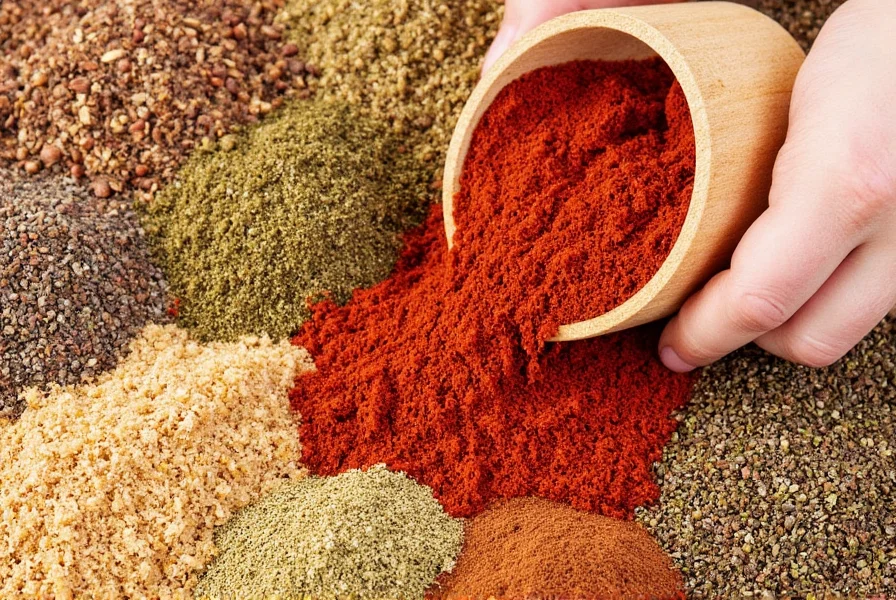
Table of Contents
- Why Italian Spices Matter in Cooking
- The Top 7 Italian Spices Every Kitchen Should Have
- How to Use These Spices Like an Italian Pro
- Buying Guide: How to Choose Quality Italian Spices
- Conclusion: Elevate Your Dishes with Authentic Italian Flavor
Why Italian Spices Matter in Cooking
Italian cuisine is famous for its simplicity — it’s all about letting fresh ingredients shine. But what truly ties everything together? You guessed it — spices. Italian herbs and seasonings not only add depth but also evoke a sense of place. A pinch of dried oregano can instantly transport you to a sun-drenched olive grove in Tuscany. And when paired with quality olive oil and garlic, these spices create the backbone of Italian culinary tradition.
Flavor Profiles of Italian Spices
Each Italian spice brings its own unique personality to the table. Here's a quick breakdown:
| Spice | Taste Profile | Common Uses |
|---|---|---|
| Basil | Sweet, minty, slightly peppery | Pesto, pasta sauces, Caprese salad |
| Oregano | Earthy, pungent, slightly bitter | Pizza, tomato-based sauces, grilled meats |
| Rosemary | Pine-like, woody, aromatic | Roasts, potatoes, focaccia bread |
| Thyme | Subtle, earthy, lemony | Stews, soups, roasted vegetables |
| Fennel Seeds | Anise-like, licorice flavor | Sausages, breads, cured meats |
| Garlic Powder | Concentrated garlic flavor | Dry rubs, pastas, dips |
| Red Pepper Flakes | Spicy, sharp heat | Pasta arrabbiata, pizzas, chili oils |
The Top 7 Italian Spices Every Kitchen Should Have
Let’s dive into each of the seven essential Italian spices that every kitchen should stock up on. Whether you’re making lasagna, marinara, or bruschetta, these will make your meals taste like they came straight from Nonna’s kitchen.
1. Basil (Fresh & Dried)
Perhaps the most iconic herb in Italian cooking, basil is the star of pesto and the soul of a Caprese salad. Fresh basil has a vibrant, almost floral aroma, while dried basil becomes more concentrated and earthy.
- Best used in: Pesto, cold dishes, pizza after baking
- Pro tip: Don’t cook fresh basil too long or it will turn black!
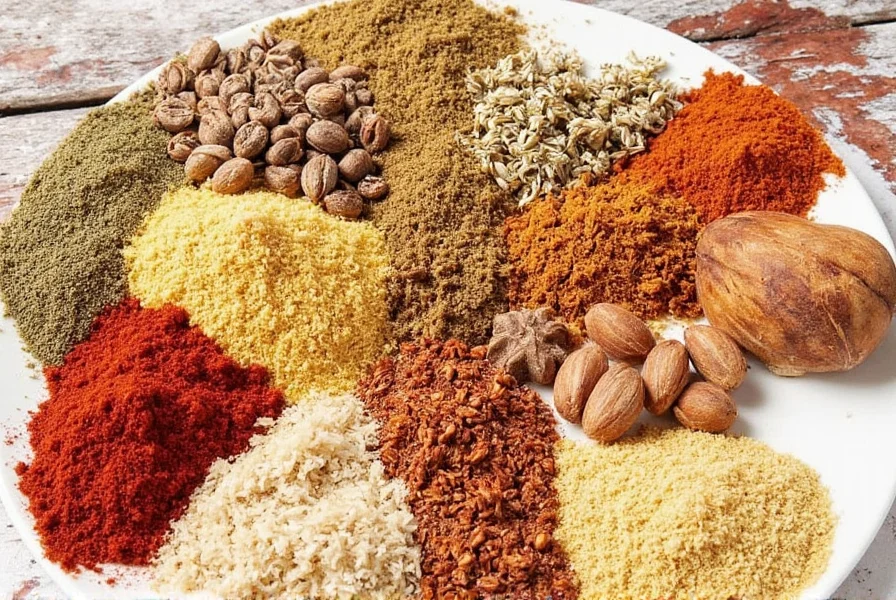
2. Oregano
This robust herb packs a punch and is a staple in Southern Italian dishes. Whether you’re making a rich Bolognese sauce or a simple tomato bruschetta, oregano adds warmth and depth.
- Best used in: Tomato-based sauces, grilled meats, pizza
- Pro tip: Use dried oregano; it holds up better during cooking than fresh.
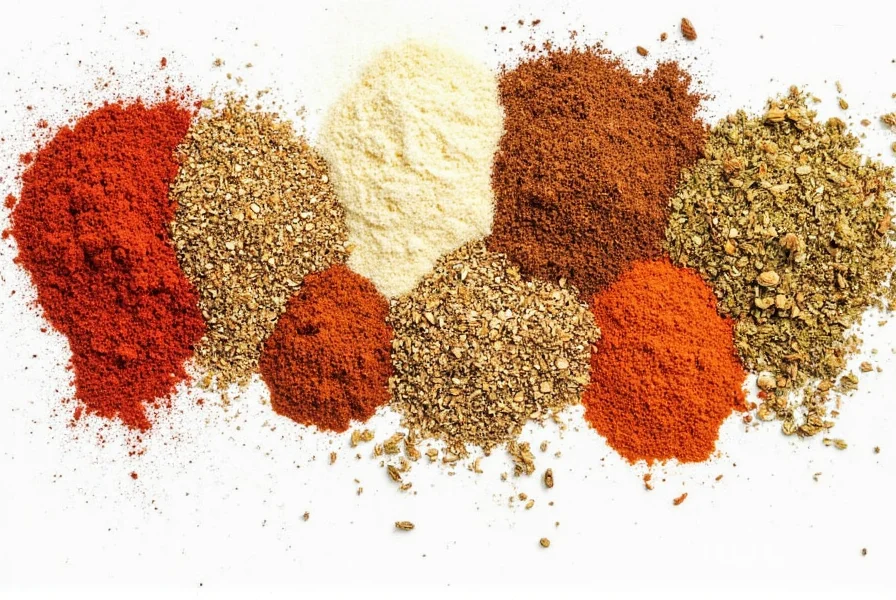
3. Rosemary
Rosemary is strong and aromatic, perfect for hearty dishes. Its needle-like leaves are easy to spot in any herb garden, and its piney scent makes it unforgettable.
- Best used in: Roasted meats, potatoes, focaccia bread
- Pro tip: Strip the leaves off the stem before chopping to avoid tough bits.

4. Thyme
With its delicate flavor and subtle citrus undertones, thyme is one of the most versatile herbs in Italian cuisine. It plays well with others, so don’t be afraid to mix it into spice blends or use it solo.
- Best used in: Stews, braised dishes, roasted vegetables
- Pro tip: Use whole sprigs tied together for slow-cooked dishes and remove them before serving.

5. Fennel Seeds
These tiny seeds pack a big punch with their sweet, anise-like flavor. Commonly used in Italian sausage recipes and rustic breads, fennel seeds are a must-have for anyone who loves bold flavor profiles.
- Best used in: Sausages, breads, marinades
- Pro tip: Toast the seeds lightly to release even more flavor.

6. Garlic Powder
A staple in both Italian and global kitchens, garlic powder offers convenience without sacrificing flavor. It’s easier to store and integrate into dry rubs and spice mixes than fresh garlic.
- Best used in: Dry rubs, sauces, dips, dressings
- Pro tip: Mix with salt or pepper for a quick seasoning blend.
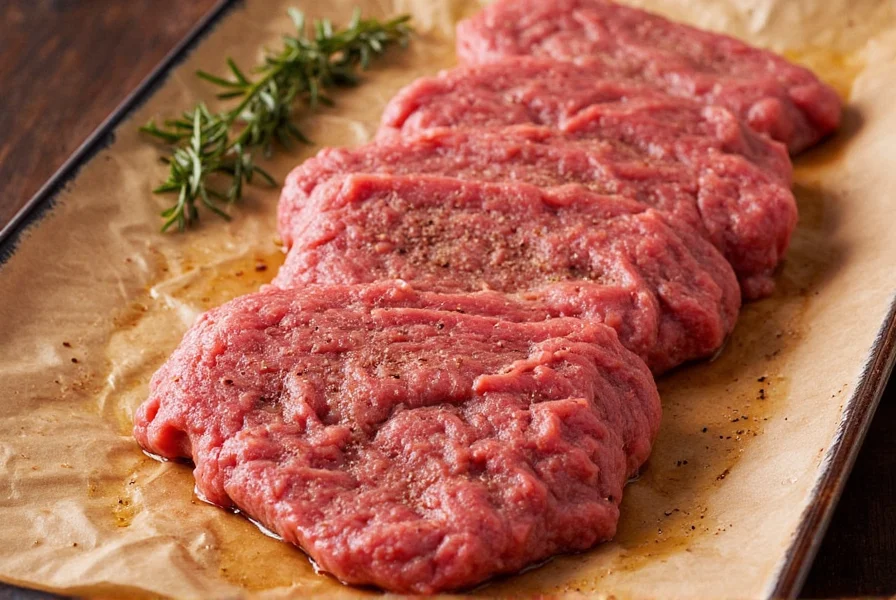
7. Red Pepper Flakes
If you love a little heat, red pepper flakes are your new best friend. Known as “peperoncino” in Italy, these fiery flakes are sprinkled over everything from pasta to pizza for a spicy kick.
- Best used in: Pasta sauces, pizza, chili oil, sandwiches
- Pro tip: Add at the end of cooking for maximum heat and crunch.
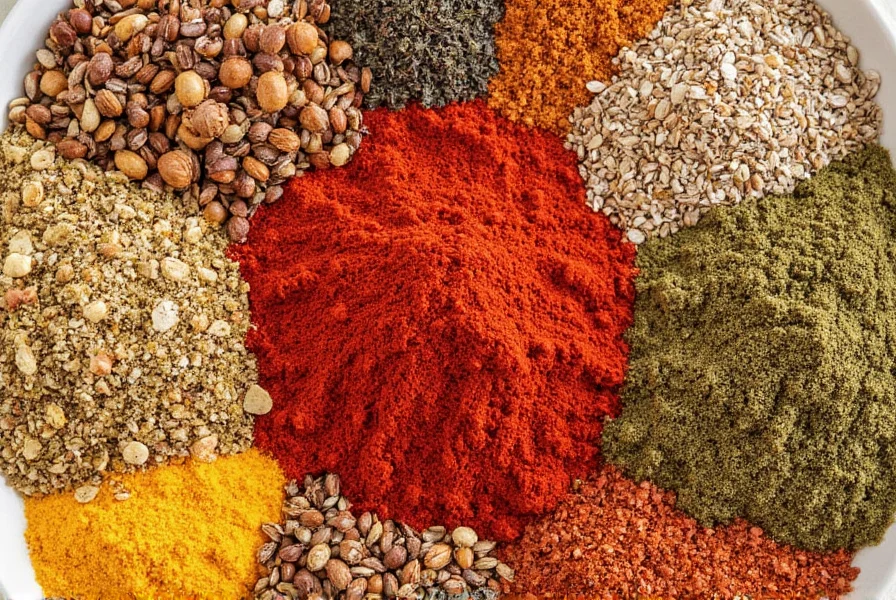
How to Use These Spices Like an Italian Pro
Now that you’ve stocked up on these Italian spices, let’s talk about how to get the most out of them. Here are some practical tips that will take your cooking from basic to brilliant:
- Layer flavors: Start with garlic and onions, then build layers by adding dried spices early (like oregano) and fresh herbs later (like basil).
- Toasting spices: Especially with fennel seeds and chili flakes, a quick toast in a dry pan brings out deeper flavor.
- Braising with herbs: For stews and roasts, tie thyme and rosemary sprigs together with kitchen twine and remove them after cooking.
- Using spice blends: Make your own Italian seasoning mix by combining dried basil, oregano, thyme, garlic powder, and a touch of parsley.
- Preserving freshness: Store spices in airtight containers away from light and heat to keep them potent for longer.
Quick Spice Pairings for Everyday Dishes
| Dish | Recommended Spice Blend |
|---|---|
| Pasta Pomodoro | Fresh basil + garlic + red pepper flakes |
| Tomato Sauce | Dried oregano + thyme + garlic powder |
| Roast Chicken | Rosemary + thyme + garlic powder |
| Italian Bread | Fennel seeds + rosemary + sea salt |
| Vegetable Stir-fry | Oregano + garlic powder + red pepper flakes |
Buying Guide: How to Choose Quality Italian Spices
Not all Italian spices are created equal. To ensure authenticity and potency, follow these guidelines when shopping:
1. Look for Origin Information
Many high-quality spices will specify where they were grown or harvested. Italian-grown oregano, Sicilian chili flakes, or Ligurian basil can offer superior flavor compared to generic blends.
2. Choose Whole Herbs When Possible
Whole dried herbs often retain more flavor than pre-ground versions. Crush them yourself just before using for the freshest results.
3. Avoid Fillers and Additives
Some spice blends contain anti-caking agents or preservatives. Read labels carefully and opt for 100% pure spices.
4. Buy in Small Quantities
Spices do lose potency over time. Buying smaller amounts ensures you always have fresh flavor on hand.
5. Consider Organic and Non-GMO Options
For purer flavor and peace of mind, go organic if possible. It reduces exposure to pesticides and supports sustainable farming practices.
Product Spotlight: Must-Have Italian Spice Brands
Here are some standout brands known for their premium Italian spices:
- Mrs. Dash Italian Seasoning: A ready-to-use blend ideal for busy cooks.
- Bertolli Dried Basil: Vibrant and aromatic, perfect for sauces and pestos.
- Cucina Antica Garlic Butter Seasoning: Combines garlic with herbs for rich flavor.
- La Favorita Oregano: Strong, earthy, and incredibly versatile.
- Gia Russa Rosemary: Great for roasting and grilling.
Conclusion: Elevate Your Dishes with Authentic Italian Flavor
Italian spices are more than just pantry staples — they’re a passport to a world of flavor. With just a few key ingredients, you can transform everyday meals into something truly special. Whether you're making a comforting Sunday sauce or a crisp arugula salad with a sprinkle of red pepper flakes, these spices carry the essence of Italy right into your kitchen.
So go ahead — stock up on basil, oregano, rosemary, and more. Experiment, layer flavors, and above all, enjoy the journey of discovering what makes Italian cuisine one of the most beloved in the world. Buon appetito!
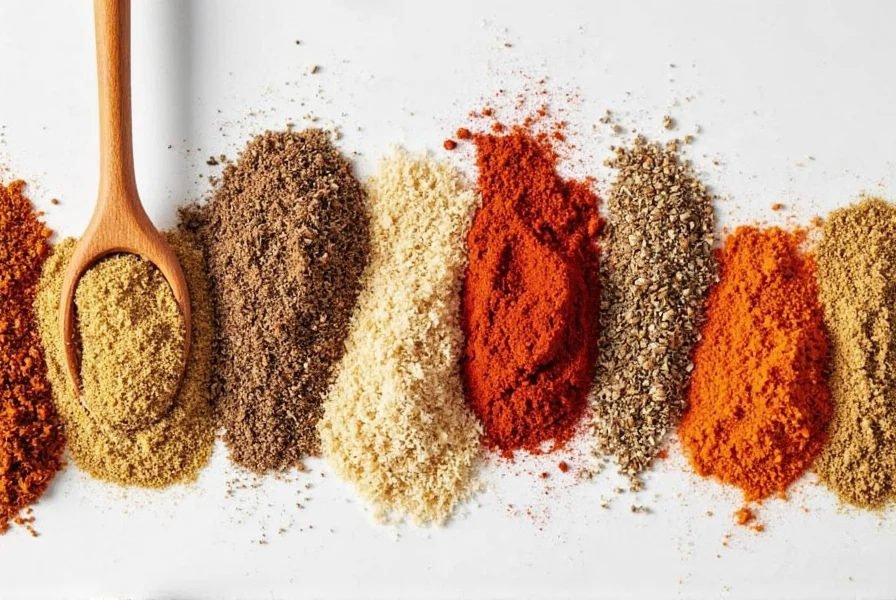











 浙公网安备
33010002000092号
浙公网安备
33010002000092号 浙B2-20120091-4
浙B2-20120091-4